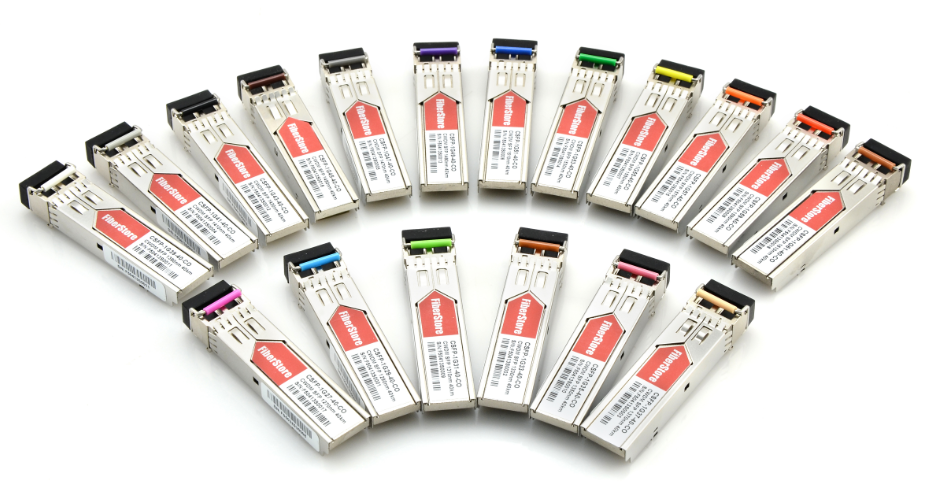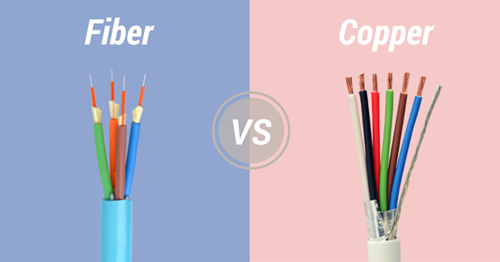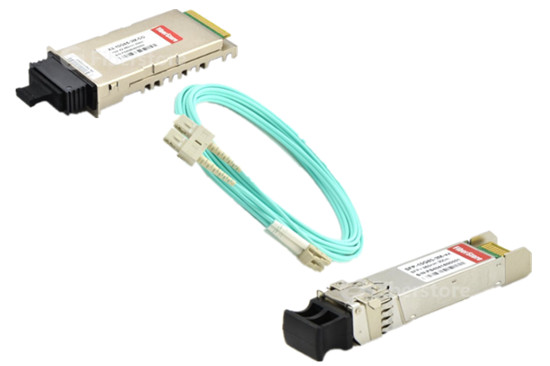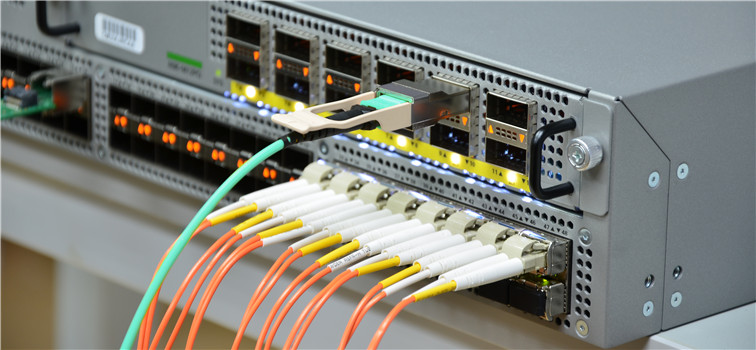With the lightning fast changes of today’s technology, staying on the cutting edge can be a great challenge. A company’s data center and infrastructures have become one of the most strategic assets it owns, and conventional wisdom says that in order to support topline business growth, companies must spend money to make money.
However, this axiom is not true when it comes to optical transceivers. Using 3rd-party optics instead of name brand optics from the Original Equipment Manufacturer (OEM) is a smart and innovative way to embrace changes in the dynamic networking and data center hardware markets, while protecting your bottom line by not paying exorbitant prices. This article will briefly explain the value and advantages that 3rd-party optical transceivers provide.
Optics that you buy directly from an OEM are not necessarily original. OEMs actually buy their optics from master suppliers who code and label the products for them. An OEM’s price to the customer will factor in the costs of testing and validation, but the majority of what you pay for goes into the OEM’s pocket as pure profit. Third party optics providers source their products from the same (or equivalent) suppliers as used by OEMs. There are numerous third party optics resellers, and they may not all use the same testing procedures, but most have nearly 100% success in compatibility with the corresponding OEM equipment. The real difference between OEM and third party is that third party optics providers do not mark up the product as much as OEMs – which translates into significantly better pricing for the customer.
You can find third party optics for virtually any product or platform. While Cisco comprises a large number of the compatible optics in the networking space, every product that requires a copper or fiber optic connection to another device will need an optic of one type or another. It is very important to ask your third party optics supplier about which OEMs and product lines they specialize in, and to inquire about detailed information on their testing procedures.
You’ll want to make sure that any third party optics you buy are compatible with the operating systems from different OEMs and the latest corresponding software releases. A good way to glean this information from your third party optics supplier is to ask for a list of the equipment in their test bed. This will also allow you to request testing logs and compatibility reporting as needed.
Last but most importantly, the best third party optics providers will stand behind their product after you’ve bought them. Because many third party optics providers are highly focused and specialize in the optical transceiver market, they will offer a lifetime warranty on their products. It is inevitable that at one point or another, even with name brand OEM optics, a few optics that you buy will fail. Failures occur most frequently when the software in networking and data center hardware is updated, causing incompatibility with existing optics. Ideal third party optics providers will be able to troubleshoot and replace the optic for you quickly and at minimal to no cost.
Buying 3rd-party optical transceivers may not be as attractive as the products and technologies they support, yet they can enable an organization to maximize the budget it has for IT projects. Finally, while identifying sources with the lowest prices is a common goal, smart customers should look at third party optics suppliers holistically, and factor things like breadth of products supported, compatibility and testing processes, support offerings, and reputation into their buying decisions.















